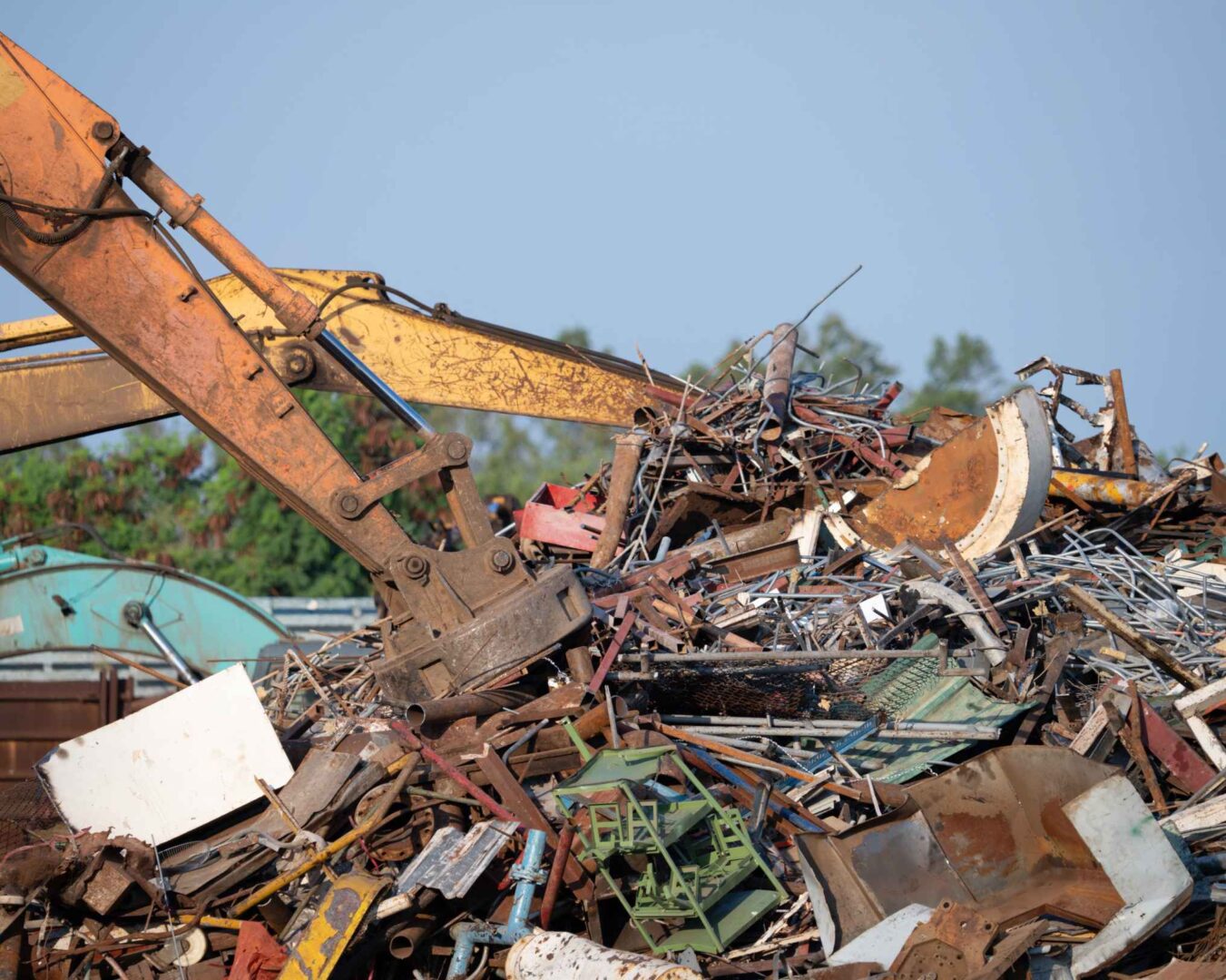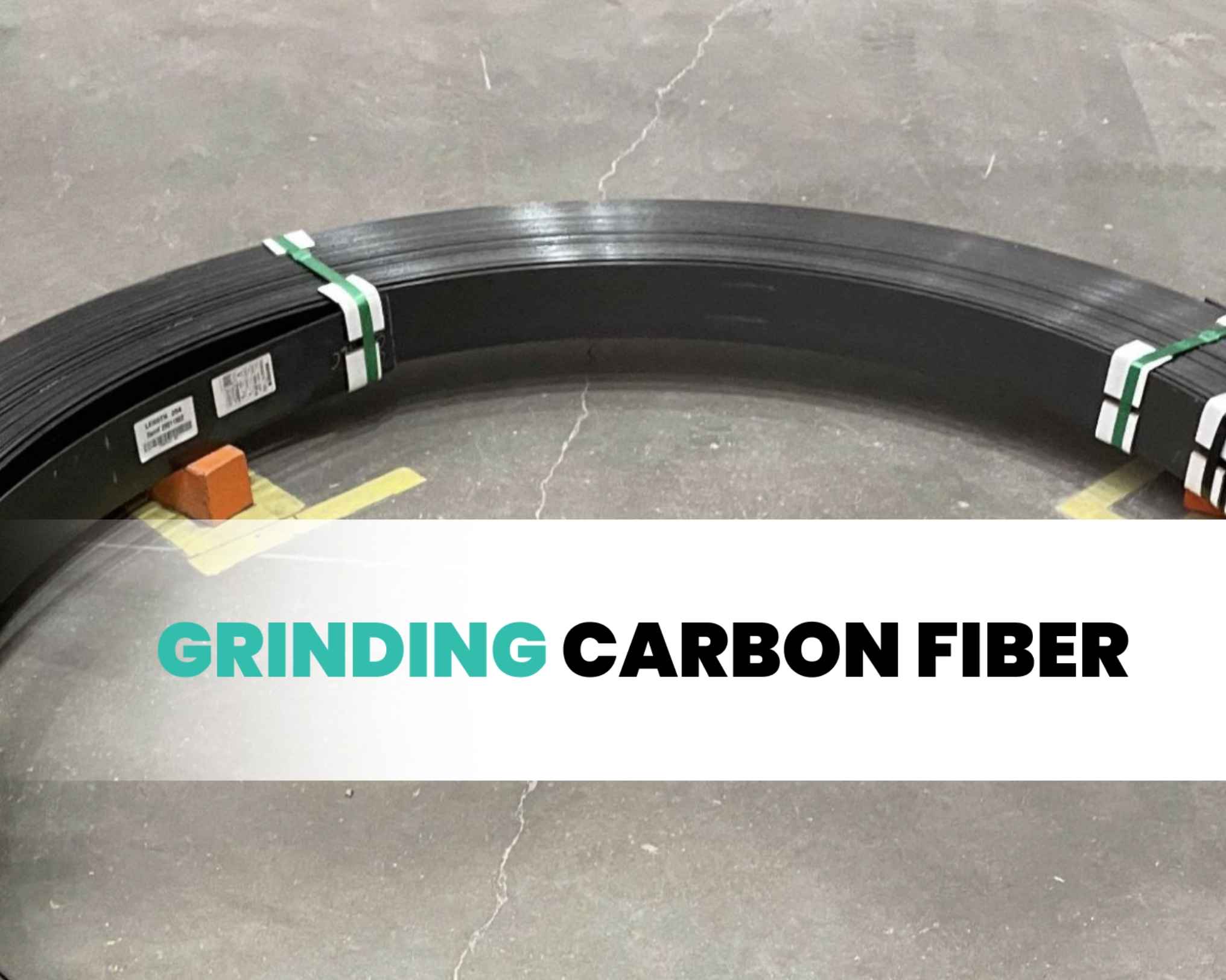E-commerce platforms have transformed the retail landscape, offering unparalleled convenience. Yet, they come with their own set of challenges. One critical hurdle that retailers face is managing their inventory costs. Businesses are facing the challenges of carrying an excess of stock. This is known as overstocking, and it can have a significant impact on a business’s bottom line. Fortunately, there are ways to manage this problem. Knowing how to calculate inventory carrying costs and understanding the formula for determining them is essential if you want to keep your costs in check. While traditional commercial liquidation methods have been a go-to, there’s a new player in town – beneficial reuse.
Table of Contents
What is the Inventory Carrying Cost?
Inventory carrying cost refers to the expenses associated with holding goods in stock. A standard industry rule of thumb is that the inventory carrying costs are typically about 20-25% of the inventory value. Let’s break this down with a hypothetical example:
Assume: You have an average inventory worth $1,000,000.
Using the industry-standard estimation of 25%, your annual carrying costs for this inventory would be $250,000.
Let’s delve deeper into the components:
- Storage Costs: Imagine you pay $10 per square foot annually for warehouse space, and your inventory occupies 10,000 square feet. This totals to $100,000 annually.
- Service Costs: Utilities, security, and other operational expenses come to an average of $40,000 annually.
- Capital Costs: This is the opportunity cost, essentially the return you could have earned if you had invested the money elsewhere. Let’s assume an opportunity cost of 5% annually. So, for your $1,000,000 inventory, you’re missing out on $50,000 of potential earnings each year.
- Risk Costs: Depreciation of unsold products, potential theft, or damage could account for another 5% of the inventory value annually, amounting to $50,000.
When you add all these costs up:
$100,000 (Storage) + $40,000 (Service) + $50,000 (Capital) + $50,000 (Risk) = $240,000
In this example, your inventory carrying costs come close to our initial ballpark of $250,000.
Understanding these numbers allows businesses to recognize where their money is tied up and look for innovative solutions, such as beneficial reuse, to optimize their inventory management and reduce these carrying costs.
Commercial Liquidation: A Brief Overview
Commercial liquidation is often the first port of call for e-commerce platforms grappling with overstocked inventory. The process involves selling products at a significantly reduced cost, often in bulk, to third-party vendors.
Advantages:
- Immediate cash flow boost.
- Reduction in storage costs.
Drawbacks:
- Can harm brand value.
- Recover only a fraction (5-10%) of product costs.
- Extended wait times – up to 90 days – tying up resources.
The Rise of Beneficial Reuse
At this juncture, Beneficial Reuse – an innovative approach to unwanted inventory. Instead of dumping or liquidating, items destined for destruction or recycling are given new life through donations or being sold cheaply to communities.
Advantages:
- Rapid turnaround time (3-5 days).
- Tax credits up to 17.5% of your total donation.
- Streamlined process, helping communities and the environment.
Drawbacks:
- Might require a shift in mindset and business strategy.
How Beneficial Reuse Outshines Liquidation
There comes a time when commercial liquidation is unavoidable, and at that point, reusable inventory needs to be salvaged. This is where beneficial reuse comes into play. It’s a tried-and-true solution with far more advantages than liquidation.
- Faster Process: Instead of waiting up to 90 days with liquidation, beneficial reuse offers a turnaround time of 3-5 days.
- Better for the Environment: Redirecting usable products from landfills reduces environmental degradation.
- Boosts ESG Scores: E-commerce businesses can improve their Environmental, Social, and Governance (ESG) scores, appealing to conscious consumers and investors.
- Tax Benefits: Tax credits are substantial, helping businesses financially.
E-Commerce Challenges and the Beneficial Reuse Solution
E-commerce platforms, especially giants like Amazon, face unique inventory challenges. Returns and overstock can build up quickly, becoming a logistical and financial nightmare.
The Beneficial Reuse Approach:
- Returns: Instead of dealing with the logistical issues of restocking, returned items are donated to those in need.
- Overstock: Excess inventory, rather than devaluing through sales or disposal, is rerouted to communities, aiding sustainability efforts.
Lowering Your Inventory Carrying Costs with Beneficial Reuse
While traditional liquidation can be a quick fix, it comes with the risk of damaging brand value and returns. The beneficial reuse approach, on the other hand, offers sustainable solutions that help e-commerce retailers in more ways than one.
Here is how beneficial reuse helps you lower your inventory carrying costs:
- Reduce Storage Expenses: With faster turnover and offloading of items destined for recycling or incineration, there’s less to store.
- Cut Down on Risk Costs: No need to worry about unsold product depreciation when items are rapidly repurposed or sold.
- Maximize Value with Tax Credits: The potential to claim up to 17.5% of your total donation can offer significant savings.
Wrapping Up: Towards a Sustainable Future
Managing e-commerce inventory is no walk in the park. Traditional methods like liquidation come with their own drawbacks. However, with the rise of beneficial reuse, e-commerce platforms have an exciting, eco-friendly, and financially sound solution at their fingertips. It’s about maximizing value while minimizing waste. The future is sustainable, and it begins with beneficial reuse.




